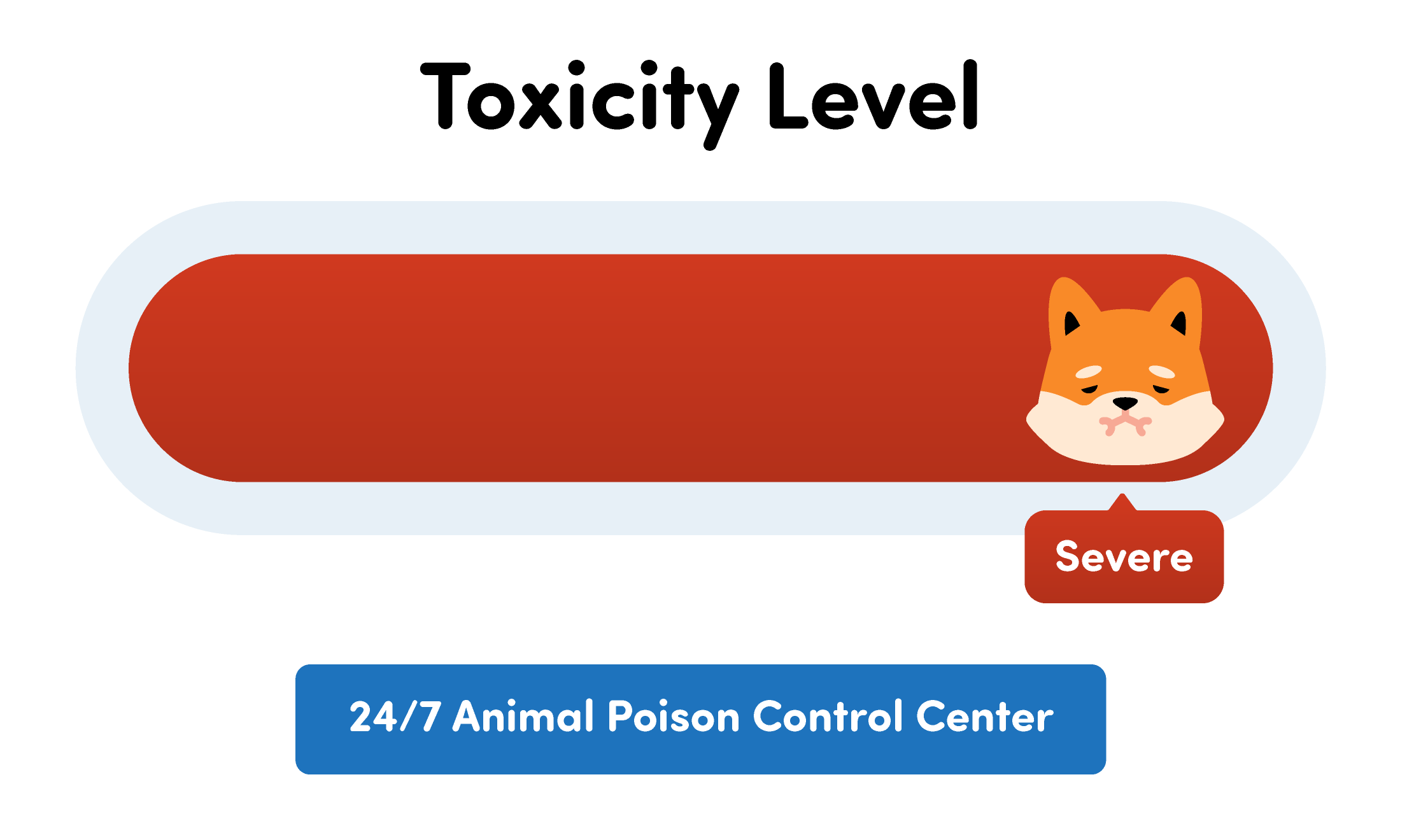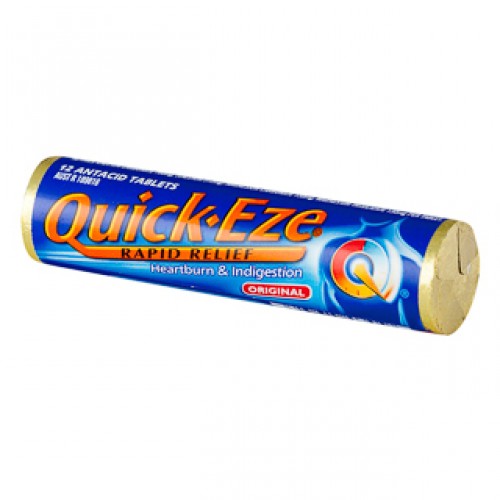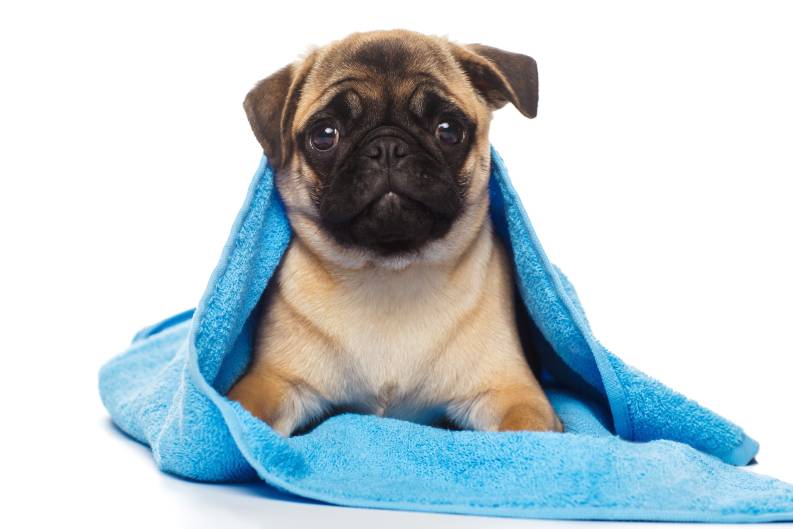Dogs are famous for eating just about anything and everything! Has your dog eaten something moldy? If so, then you’ve come to the right place.
Connect with a verified veterinarian in minutes. Licensed vets are available 24/7 to answer your questions. No need to worry about your furry family member.
We’ve put together some information on the dangers of eating mold and what you should do if your dog’s eaten anything moldy. Let’s get started!
What is Mold?
Mold is a fungus that grows on food as it decays, changing the food’s appearance. For instance, the food may be covered with white or other colors of a “fuzzy” looking growth. In addition, the moldy food may become soft and change color over time.
Mold can come in a variety of colors from white, green, black, grey, and more. It can also produce a smell that may be reminiscent of molding leaves in the fall. Another interesting fact about mold is that it puts out long roots that go deep into the food. And it grows best in a warm, moist environment.
There are literally thousands of types of mold. The main purpose of mold is to break down matter, whether that be food, dead things, or plants.
Mold can grow on just about any type of food, including fruits, vegetables, bread, cheese, meat, and more. It can even grow in milk!
Mold Can Be Dangerous if Eaten
Mold can be dangerous; however, it depends on the type of mold. There are some molds that are safe for humans. For instance, cheese that contains mold grown into them includes different types of blue cheeses, soft-ripened cheeses such as Brie, Camembert, and more.
However, there are many molds that are dangerous when eaten. The problem is that mold puts off something called mycotoxins, which are toxic substances produced by the molds that grow on spoiled foods. These poisons are toxic to our fur babies and us! To top that off, there are several different types of mycotoxins.

Review symptoms, medications & behavior to keep your pets healthy with a Vet Online in just minutes.
Ask a Vet Live NowSymptoms of Mycotoxin Poisoning in Dogs
You may notice these symptoms if your dog has eaten moldy food:
- Vomiting
- Diarrhea
- Restlessness
- Disorientation
- Tremors/seizures
- High fever
- Jaundice
- Abdominal pain
If your dog is showing any of these symptoms, then call the vet immediately. This is a medical emergency.
Treatment of Mold Poisoning in Dogs
Treatment may include induced vomiting or gastric lavage to remove the toxin from your dog’s system. Then the vet will treat your dog with the proper medication to fight the specific toxin he’s ingested. Your canine companion may also require blood transfusions in some cases, as well as corticosteroids to treat shock and other symptoms.
The prognosis is best for dogs that receive prompt medical treatment. It is possible for a dog to go on to a full recovery, but the key is getting treatment from the vet as soon as possible.
Connect with a verified veterinarian in minutes. Licensed vets are available 24/7 to answer your questions. No need to worry about your furry family member.

Kim
Kim is a talented author, who loves animals especially dogs. She engaged in writing books and articles relating to animals a decade ago. Kim resides in Chicago with her husband and son. The family is the proud owner of a dog and a parrot (Jack and Lily). Kim wanted more than these two pets, but her husband put his foot down... She often visits elementary schools to talk to the kids about what she learned about pets and how they could learn from them.
Review symptoms, medications & behavior to keep your pets healthy with a Vet Online in just minutes.
Ask a Vet Live Now




